
Subarachnoid hemorrhage or SAH is condition characterized by bleeding (or presence of blood) in the part of the brain known as subarachnoid space. Doctors use this term for bleeding which is not associated with some traumas, but usually caused by aneurysm rupture or arteriovenous malformation.
Subarachnoid Bleeding Statistics
Aneurysm-related bleeding in subarachnoid space is not very rare condition in the United States, because some 6 to 25 of 100.000 or about 27.000 people suffer from this problem. Statistics may not be right about SAH, for many doctors believe this may be the cause of death in many cases yet hadn’t been confirmed in autopsies. SAH usually affects people of some 50 years of age and women are more likely to experience aneurysmal subarachnoid bleeding than men. According to the statistics, black people are also two times more prone to SAH than whites.
Aging and poor health increase the rate of morbidity and mortality due to SAH. In general 10 to 15% of all patients diagnosed with SAH die before reaching the hospital and some 40% don’t make it a week after the bleeding. In the first 6 months after the diagnosis of subarachnoid bleeding only 50% of these patients stay alive, while about the 1/3 of survivors have significant neurologic problems.
Causes of SAH
Primary subarachnoid bleeding may be caused by rupture of saccular aneurysm, arteriovenous malformation (AVM), angioma, mycotic aneurysm, cortical thrombosis or some neoplasm. Bleeding from hypertension (high blood pressure) or neoplasm in the parenchyma may also lead to SAH, as well as some congenital causes. SAH may occur in some families and there might also be some increased frequency of multiple aneurysms or aneurysms associated with certain systemic diseases.
Age, high blood pressure, smoking and arthrosclerosis are environmental factors also identified as possible causes of subarachnoid bleeding.
Possible Signs and Symptoms
Many patients diagnosed with SAH have been suffering from sudden and severe headaches, nausea, vomiting, some visual changes or extreme sensitivity to light (photophobia). Frequently, patients experience some meningeal irritation, seen as stiff neck, bilateral leg pain or even low back pain. In about 50% of all cases of SAH patients have been found out to suffer from loss of consciousness.
SAH may also be asymptomatic or cause focal or global neurologic abnormalities, some nerve palsy (oculomotor or abducens), loss on vision in one eye (monocular vision loss) or ophthalmologic signs. Seizures, motor deficit and the change of vital signs (elevation of blood pressure, labile blood pressure, tachycardia and fever) may also be noticed in SAH patients.




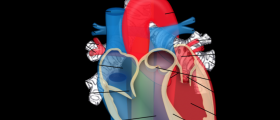

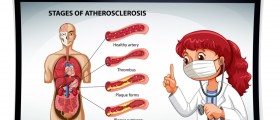
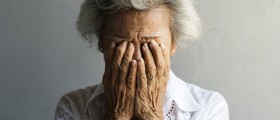






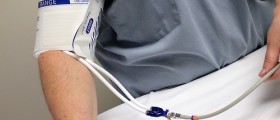
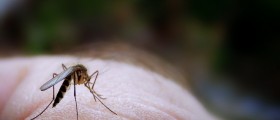

Your thoughts on this
Loading...